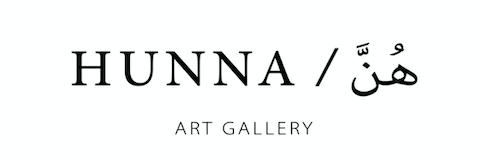Omani photographer Eman Ali interlaces gender, religious and sociopolitical ideologies to question the intricacies of Khaleeji societies
“It is very clear that women today have stepped into their power and taken control of their own narrative,” asserts Eman Ali, a London-based Omani photographer and visual artist who is challenging the cultural nuances of Khaleeji societies and women’s representation in the Arab world.
Her powerful, cinematic photographs invite the viewer to discover the boundaries and systems that govern our lives, and the untold norms of Gulf societies – the obsession with purity, the denial of history and current reality, and the fight for freedom.
“We certainly have more agency in how we choose to represent ourselves than ever before, yet unfortunately we still get pigeonholed into a very restrictive idea of what a woman, or in the context of this conversation, an Arab woman is and it’s exhausting to say the least.”
Eman’s own journey of self-representation that felt true to her started quite early on, when she decided to turn the camera on herself. What began as a form of self-exploration, slowly evolved into reclaiming her own narrative using her body.
Today the artist has integrated her practice as a social critique, observation, and investigation of the multilayered histories of the Gulf, the Arab world, and East Africa. “Individuals and events have been swallowed up by time or deliberately erased so I’ve become increasingly interested in exploring the absence of things from our history through a contemporary lens,” she expresses.
(...)
In Succession, Eman questions her own understanding of the modern history of Oman, exploring the terrifying unreliability of memory. Through her work, she has showcased the integral role photography plays in reinforcing a sense of national identity. “I worked with archival material from the ’70s which I transformed by re-photographing using an iPhone, and then digitally altering them,” she explains. “The sequencing of images is intentionally fleeting and has an almost dreamlike quality.” There are deliberately no captions in the book because the spreads rely on the power of the photograph to communicate something on a psychological level.
(...)
---
Continue reading on Harper's Bazaar Arabia.

